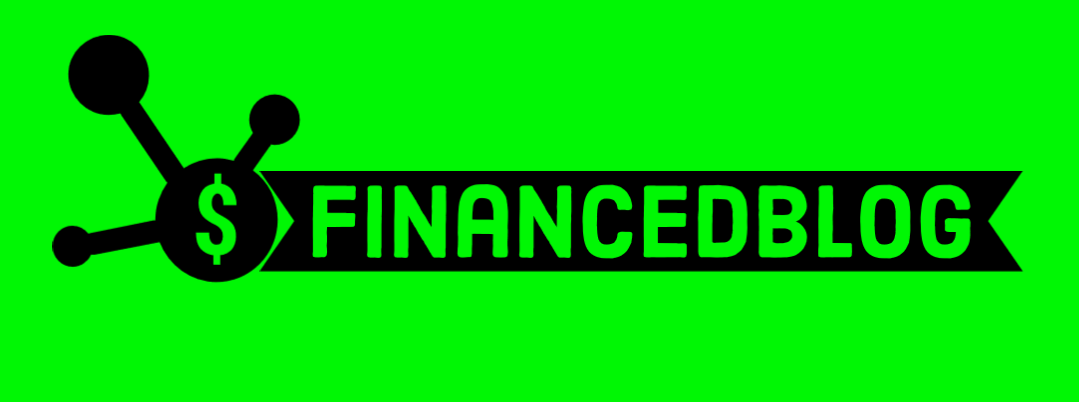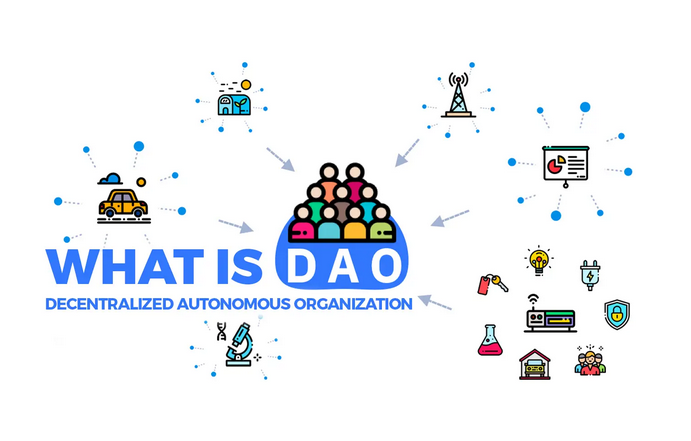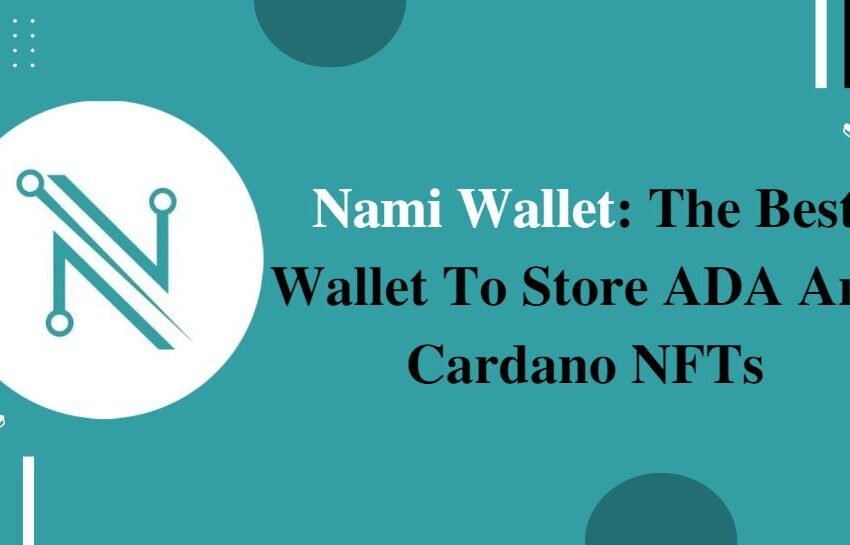What is a DAO – Decentralized Autonomous Organizations ?
A DAO or decentralized autonomous organization is a new way for people with shared goals on the internet to organize democratically with the assistance of software.
A manager is an executive that acts in the interest of a traditional organization. He can make decisions and represent a certain position as represented in the chatters of that organization. The point is, even though organizations by corporate law are separate legal entities, humans act in their interests. Adversely, humans can decide to act in their interest instead of the organization. As a matter of fact, because a few executives may represent the interests of the shareholders who are the legal owners of the organization, moral hazards do occur. This is a situation where an executive undertakes more risk than necessary. This may result in adverse consequences. Decentralized Autonomous Organization, DAO is a sharp contrast to this kind of setting explained above. The next logical question would then be: What is a DAO?
What is DAO?
DAO or decentralized autonomous organization is a new way for people with shared goals on the internet to organize democratically with the assistance of software.
Sounds simple right? I think your response is yes. However, let’s attempt to dive a little deeper. Where there are human interactions, there must be some sort of rules to govern their actions. This helps to either incentivize right actions – reward or deter evil actions – penalty. Typically, a DAO involves a set of people interacting with each other according to a self-enforcing open-source protocol. DAO applies the principle of smart contracts to govern actions.
And just like an organization where managers or directors may own some share units to be able to make decisions for the organization, members employ native token for DAO governance. Consequently, this allows for a higher level of transparency. This is because it helps to the interests of all stakeholders by the consensus rules tied to the native token.
Therefore, because a DAO must always have its native token, it is easier to incentivize individual behaviour. Also, it gives the members a voice as they use their token to vote to either support or oppose a proposal.
Summarily, a DAO must possess the following:
- Set of operating rules
- These rules are coded into a smart contract – codified laws
- A native token which fuels the reward and governance system
- Deployed on the blockchain mainnet – cannot experience downtime
Traditional Organizations v/s DAOs
As we can see, there are similarities as well as differences between a traditional organization and a DAO. Traditional companies have a top-down structure. They tend to have many layers of management and bureaucratic coordination. However, DAOs do not have a hierarchical structure, except for the code. Members do not need to know or trust each other. A DAO provides an operating system for people and institutions. Especially those who might live in different geographical areas, speak different languages and therefore be subject to various jurisdictions.
Also, instead of legal contracts as obtainable in traditional organizations, DAOs employ consensus agreements written into open-source code. A DAO’s action is irreversible and independent of its creator. Smart contracts help to define the consensus of the majority rule in the protocol.
Absolute Decentralization is a Myth
All the explanation above suggests, and the etymology of DAO suggests decentralization absolutely, right? The fact is, no protocol boasts of 100% decentralization. Even though participants in a DAO are geographically distributed and independent but equal in power, only a handful actually implement decisions into the smart contract. This, therefore, is a source of centralization to the protocol.
Application and Examples of a DAO
We cannot talk about DAOs without referring to the 2016 DAO which was rather short-lived due to the infamous DAO Hack. Designed to be automated and act as a form of venture capital fund, it was based on open-source code. Typically, there was no management structure or board of directors. It was also unaffiliated with any nation-state or organization. And of course, it was built atop Ethereum.
Although it had a promising future, there were vulnerabilities which hackers later exploited siphoning as much as $50 million resulting in its demise. This eventually led to the splitting of Ethereum into two chains: Ethereum and Ethereum Classic.
However, irrespective of the earlier sad events, there are credible examples of functional DAOs today. Dash, a privacy-centric cryptocurrency is a good example. This is especially true when you take a look at its governance and budgeting system.
Another one is Aragon which is a protocol for building and managing DAO. Lastly, however, without exhausting the list, most DeFi protocols like MakerDAO, Compound etc. also have the DAO model built into their functions and operations.
Follow TheCryptodose for more updates.




